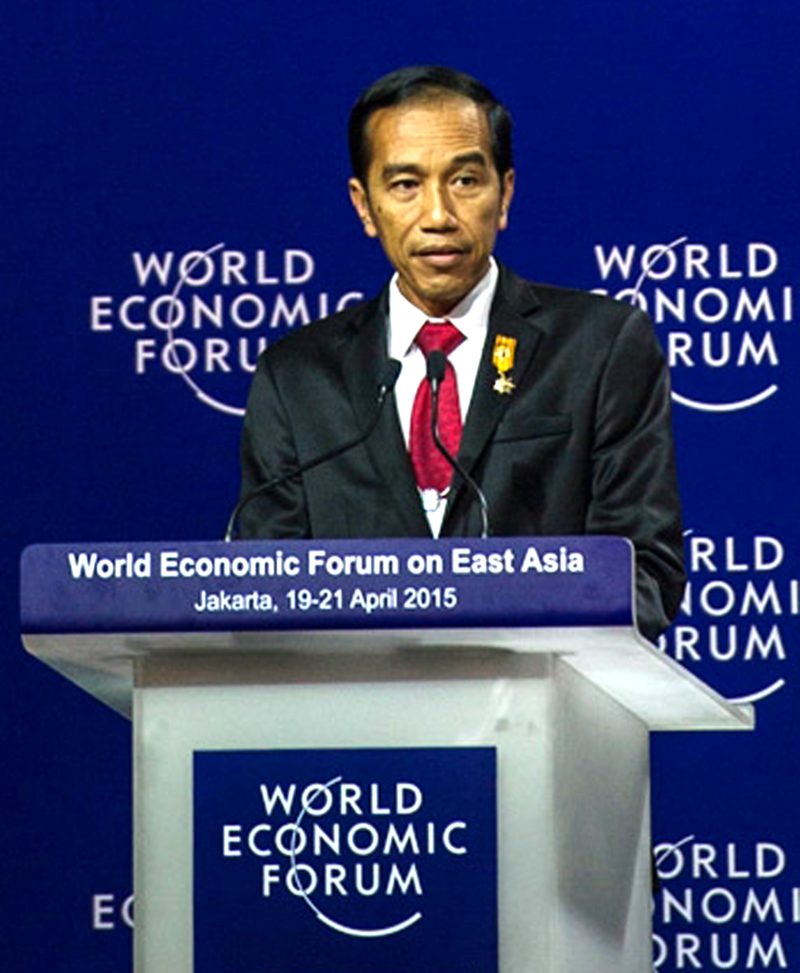
A $400 million floating plant for changing LNG back to gas has sat idle off Indonesia’s coast for around six months despite only being commissioned last summer, hit by faltering demand for the cleaner fuel as oil prices drop and the economy slows.
The stoppage could stoke government worries over the strength of appetite for gas in Southeast Asia’s largest economy, another blow to the administration of President Joko Widodo which has been pushing for greater consumption of the fuel to curb pollution and diversify energy sources.
Tepid Indonesian demand also means more liquefied natural gas is likely to spill into regional markets, already struggling near their lowest since before the Fukushima crisis in 2011 boosted usage as Japan shut all its nuclear reactors.
“Electricity demand is down significantly, so gas from LNG has become less competitive,” said Chairani Rachmatullah, gas and fuel division chief at state-owned power firm Perusahaan Listrik Negara (PLN), which was supposed to be one of the main customers of the idle plant.
Floating storage and regasification units (FSRU) convert LNG shipped from producers back into gas, before transferring it onshore via a pipeline. They are typically cheaper and quicker to build than land-based LNG receiving terminals.
But the Lampung FSRU, an 82,000-tonne vessel moored off the coast of Sumatra with a capacity to process 2 million tonnes of LNG a year, has not transferred any gas since January, according to officials from PLN and state gas utility Perusahaan Gas Negara (PGN), which operates the facility.
That amount of LNG could provide about 14 percent of Indonesia’s total power demand in 2014, according to Reuters calculations.
Electricity demand growth in Indonesia slumped to 2.05 percent in the first five months of the year, down from 6.14 percent in the same period in 2014, according to PLN, dragged lower as economic expansion slipped to its weakest in six years.
Appetite for gas has also been curbed by declining prices for rival fuels coal and diesel, which plunged this year on abundant supply and demand worries. Analysts said demand for regassified LNG has been worse hit than demand for piped gas as it is typically more expensive due to processing costs.
According to data from state oil and gas regulator SKKMigas, Indonesia’s gas demand has increased by 10 percent per year on average since 2003 and was forecast to jump 60 percent in the next five years, much of it to feed new power stations.
But from 2010 to 2014 demand grew at only 2.8 percent per year on average, slowing to 0.7 percent last year.
Officials from the president’s office did not immediately respond to requests for comment on the government’s push towards gas.
Missed Targets
All Indonesia’s LNG receiving terminals have missed consumption targets, according to SKKMigas. The country currently has two FSRUs and one land-based receiving terminal in the province of Aceh, with plans to develop two more FSRUs and a second land terminal by 2019.
The Lampung unit has not received any of the 14 cargoes it was allocated this year, and there are at least 78 uncommitted cargoes on the market over the next 18 months from domestic producers, SKKMigas data shows. It is leased to PGN by Norwegian firm Hoegh LNG Partners
“Developing gas infrastructure is risky and (firms) need to be able to overcome pioneering costs,” PGN spokesman Irwan Andri Atmanto said, referring to the stoppage.
Recommended for you
